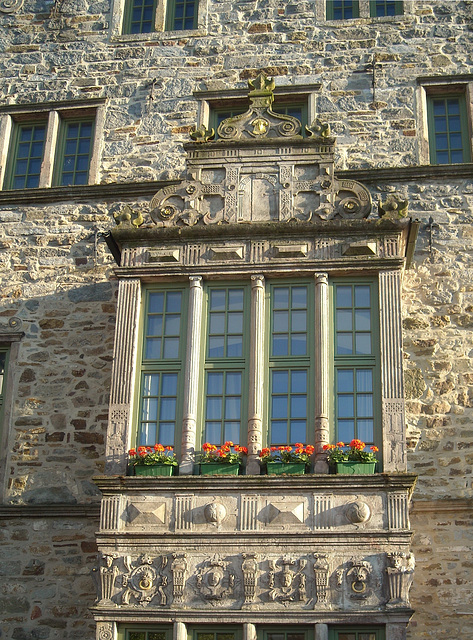Auf dem Marktplatz in Rinteln
am Eingang
zwei betrachten zwei lesende Akten
im Sprengelmuseum
DSCN0362
kurz vorm Naßmachen
Jerusalem 1965
Golf and Schlosshotel Münchhausen in Schwöbber
ortsbezogener Eskapismus, pur
Flora
Kaltgetränk
das kurze Leben des Proviant / the short live of v…
ein Brezelkäfer
VW Käfer Fußraum
VW Käfer Nummernschildbeleuchtung
linkes Bulliauge
Bulli auf dem VW Treffen in Hessisch Oldendorf
Fußgängerzone in Hessisch Oldendorf
Krieg / War
in der Wagenschau der Remise
Sitzgruppe im Bauerngarten
Schulgebäude der Bauernschaften Renslage und Dalve…
ein Täubchen
im Gartenlokal
Saurierfährten / Scents of Dinosaures
männliches Knabenkraut / Orchis mascula
Swing
das Beamtenheimstättenwerk ist heute Rathaus in Ha…
feel like heaven
Wangerooge im Nordosten
zieeeh
im Regen
Lerbach in Wolken
see down /es wird Abend am Nassenwieser Teich, som…
am Bärenbrucher Teich
Waldimpression
Blick in Richtung Osterode - Heinrich Heine
Rast am Eselsplatz
im Nord-Ostseekanal
am PöCeh von hinten
Silos in blau
Autobahn A23 über den Nord-Ostseekanal
ehemalige Schule - heute Dorfgemeinschaftshaus
da kommt er
Tür von 1915 / see down txt
Location
Lat, Lng:
You can copy the above to your favourite mapping app.
Address: unknown
You can copy the above to your favourite mapping app.
Address: unknown
See also...
Keywords
Authorizations, license
-
Visible by: Everyone -
All rights reserved
-
739 visits
Old Oriel with typical crest on the market place in Rinteln


Weserrenaissance Erker am Rintelner Markt
------------------------------------------------------------------
Between the year 1520 and 1630 the Weser space experienced a building boom.
The River Weser which played an essential role as a traffic route for goods and ideas defines only the expansion south to north of the cultural region which applies to the west to Osnabrück and to the east about Wolfsburg out.
Locks, aristocracy courts, town halls and citizen's buildings and sacred buildings of the renaissance have conserved until jet in unusually high number. The architectural style is in newer times named Weserrenaissance.
Translate into English
------------------------------------------------------------------
Between the year 1520 and 1630 the Weser space experienced a building boom.
The River Weser which played an essential role as a traffic route for goods and ideas defines only the expansion south to north of the cultural region which applies to the west to Osnabrück and to the east about Wolfsburg out.
Locks, aristocracy courts, town halls and citizen's buildings and sacred buildings of the renaissance have conserved until jet in unusually high number. The architectural style is in newer times named Weserrenaissance.
trester88, , Sajak, and 2 other people have particularly liked this photo
- Keyboard shortcuts:
Jump to top
RSS feed- Latest comments - Subscribe to the comment feeds of this photo
- ipernity © 2007-2025
- Help & Contact
|
Club news
|
About ipernity
|
History |
ipernity Club & Prices |
Guide of good conduct
Donate | Group guidelines | Privacy policy | Terms of use | Statutes | In memoria -
Facebook
Twitter

Ulrich Dinges club has replied to SajakSign-in to write a comment.